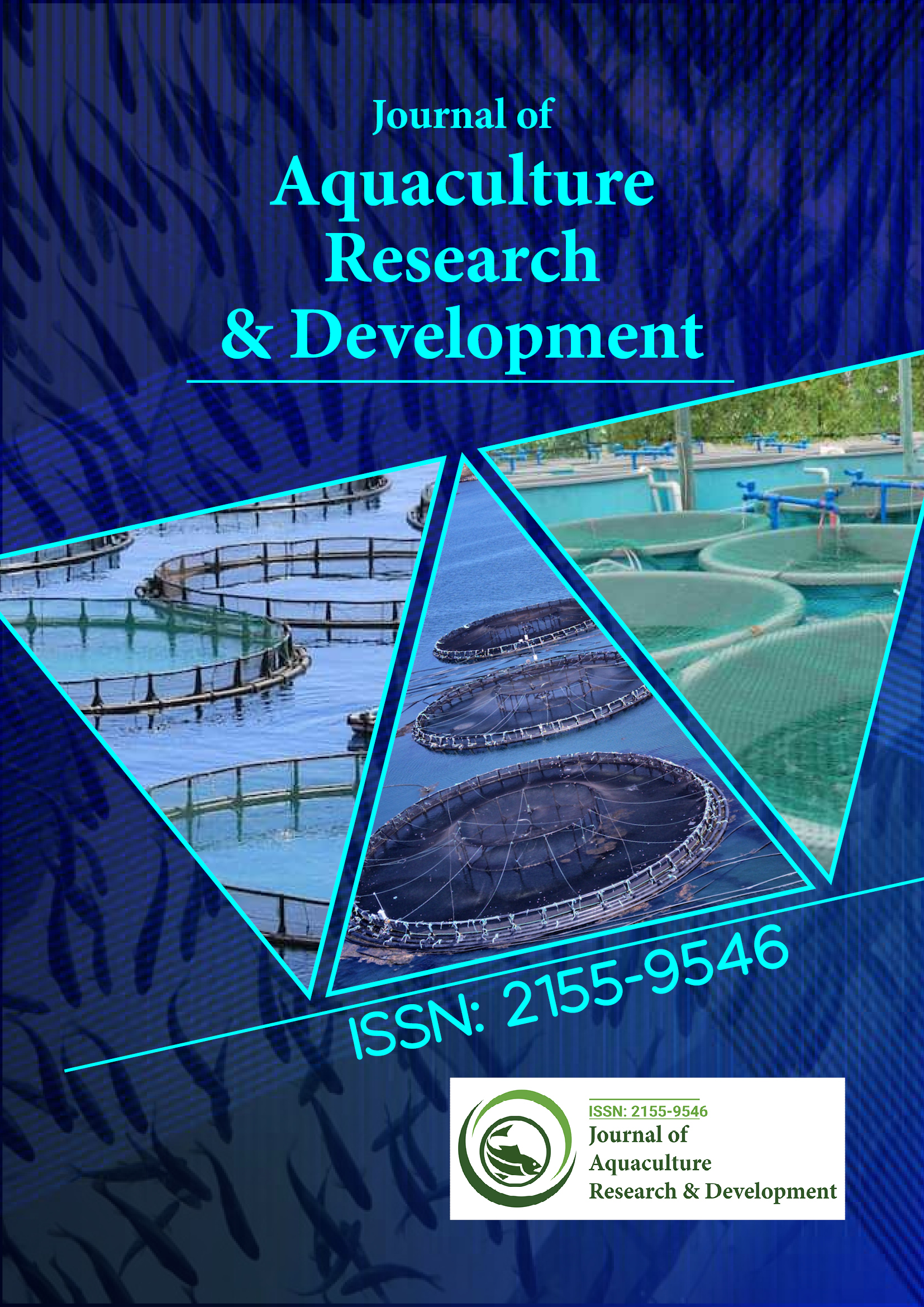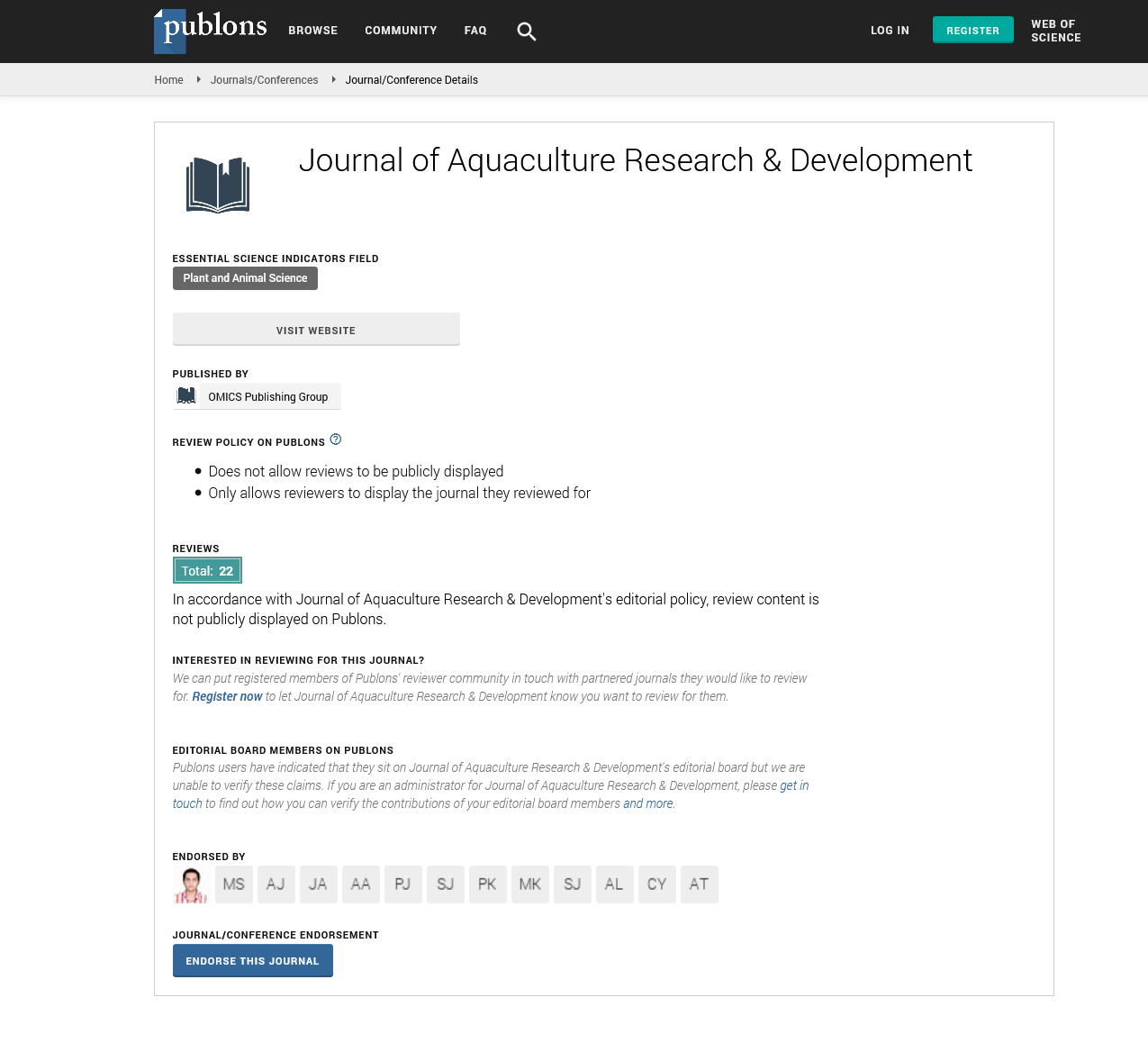Indexed In
- Online Access to Research in the Environment (OARE)
- Open J Gate
- Genamics JournalSeek
- JournalTOCs
- Scimago
- Ulrich's Periodicals Directory
- Access to Global Online Research in Agriculture (AGORA)
- Electronic Journals Library
- Centre for Agriculture and Biosciences International (CABI)
- RefSeek
- Directory of Research Journal Indexing (DRJI)
- Hamdard University
- EBSCO A-Z
- OCLC- WorldCat
- Scholarsteer
- SWB online catalog
- Virtual Library of Biology (vifabio)
- Publons
- MIAR
- University Grants Commission
- Euro Pub
- Google Scholar
Useful Links
Share This Page
Journal Flyer

Open Access Journals
- Agri and Aquaculture
- Biochemistry
- Bioinformatics & Systems Biology
- Business & Management
- Chemistry
- Clinical Sciences
- Engineering
- Food & Nutrition
- General Science
- Genetics & Molecular Biology
- Immunology & Microbiology
- Medical Sciences
- Neuroscience & Psychology
- Nursing & Health Care
- Pharmaceutical Sciences
Commentary - (2025) Volume 16, Issue 6
Water Management Approaches for Improving Inland Shrimp Farm Performance
Jeroen Denny*Received: 26-May-2025, Manuscript No. JARD-25-29771 ; Editor assigned: 28-May-2025, Pre QC No. JARD-25-29771 (PQ); Reviewed: 11-Jun-2025, QC No. JARD-25-29771 ; Revised: 18-Jun-2025, Manuscript No. JARD-25-29771 (R); Published: 25-Jun-2025, DOI: 10.35248/2155-9546.25.16.998
Description
Inland shrimp farming has emerged as an important component of aquaculture, providing food security, employment, and income for communities located away from the coast. Freshwater limitations and water quality concerns are significant constraints for inland aquaculture systems. Desalination brine, a byproduct of seawater desalination processes, presents a potential alternative water source for inland shrimp farming. Its high salinity and mineral content can support the growth and development of euryhaline shrimp species, such as Penaeus vannamei and Macrobrachium rosenbergii, when managed under proper conditions, can yield high productivity appropriately.
Characteristics of desalination brine
Desalination brine is produced during reverse osmosis, electrodialysis, or thermal desalination processes. It is characterized by high salinity, elevated concentrations of dissolved minerals, and, in some cases, residual chemical treatments from the desalination process. Understanding its chemical composition is essential to determine suitability for aquaculture use.
Typical desalination brine contains salinity levels ranging from 40 to 70 parts per thousand, depending on the source water and treatment method. Key minerals include sodium, chloride, calcium, magnesium, and potassium. These ions are important for maintaining osmotic balance and supporting metabolic functions in shrimp.
Desalination brine may contain residual chemicals such as antiscalants, chlorine, or cleaning agents used in membrane maintenance. Prior to aquaculture use, these substances must be removed or neutralized to prevent toxicity and adverse effects on shrimp health. Filtration, aeration, or dilution with freshwater can reduce the concentration of potentially harmful substances.
Brine utilization in inland shrimp farming
The use of desalination brine in inland shrimp farming offers several potential advantages. Freshwater scarcity is a major challenge for inland aquaculture. Brine provides a consistent and abundant water source that can maintain pond salinity at levels suitable for euryhaline shrimp. Reliable water availability reduces dependence on seasonal rainfall or groundwater sources.
Salinity plays a role in the susceptibility of shrimp to pathogens. Moderate salinity levels can reduce the prevalence of certain bacterial and viral infections. Utilizing brine to adjust pond salinity may contribute to improved shrimp health and lower mortality rates.
Brine contains essential minerals that can support shrimp metabolic processes. Minerals such as magnesium and calcium are involved in exoskeleton formation, molting, and osmoregulation. Regular use of brine can maintain mineral balance in culture water, supporting physiological development.
Management practices for brine application
Effective utilization of desalination brine requires careful pond management to prevent adverse effects on shrimp and the environment. Direct application of high-salinity brine may exceed tolerance limits for shrimp, leading to stress or mortality. Dilution with freshwater or gradual acclimatization is recommended to achieve suitable salinity levels. Monitoring salinity regularly ensures that changes occur gradually and remain within optimal ranges for the cultured species.
Regular assessment of water quality parameters such as pH, dissolved oxygen, temperature, and total dissolved solids is essential. High salinity can affect oxygen solubility and pH stability, influencing shrimp metabolism. Aeration systems and periodic water exchange can maintain favorable conditions.
Salinity influences shrimp feeding behavior and growth. Adjustments in stocking density and feed formulations may be necessary to account for changes in water chemistry. Maintaining appropriate feed ratios and monitoring shrimp condition supports optimal growth and minimizes waste.
While moderate salinity can reduce certain disease risks, high salinity may stress shrimp and increase susceptibility to opportunistic pathogens. Regular health assessments and preventive measures, such as biosecurity protocols, vaccination where applicable, and water management, are essential to maintain stock health.
Desalination brine offers a promising alternative water source for inland shrimp farming, addressing freshwater scarcity and supporting economic development in coastal and inland regions. Proper management of salinity, water quality, stocking density, and disease prevention is essential to optimize production and ensure shrimp health. Environmental monitoring and effluent management are critical to prevent soil and groundwater degradation.
Economically, brine utilization can enhance income stability, reduce production risks, and create employment opportunities. Pilot studies and regional applications demonstrate that brine, when carefully managed, can support productive and profitable inland shrimp aquaculture.
The integration of desalination brine into inland aquaculture systems represents an innovative approach to resource utilization, combining water management with sustainable food production. Farmers, researchers, and policymakers must collaborate to develop guidelines, management strategies, and regulatory frameworks to maximize the benefits while minimizing environmental and operational risks.
Citation: Denny J (2025). Water Management Approaches for Improving Inland Shrimp Farm Performance. J Aquac Res Dev. 16:998.
Copyright: © 2025 Denny J. This is an open-access article distributed under the terms of the Creative Commons Attribution License, which permits unrestricted use, distribution, and reproduction in any medium, provided the original author and source are credited.

